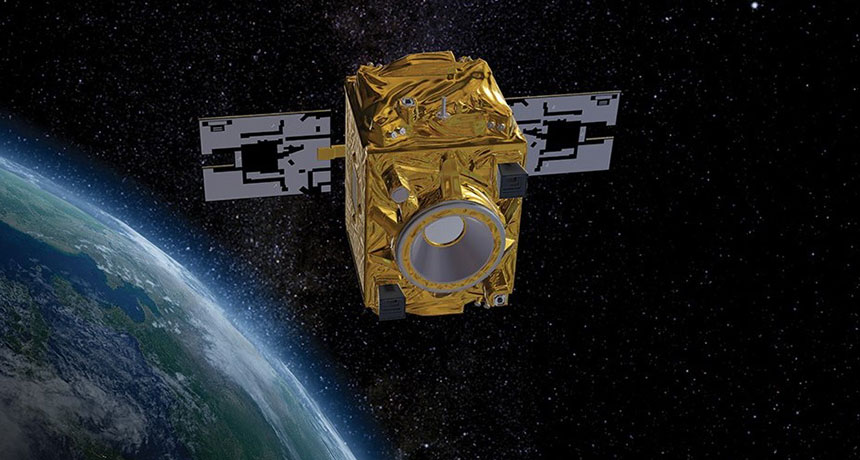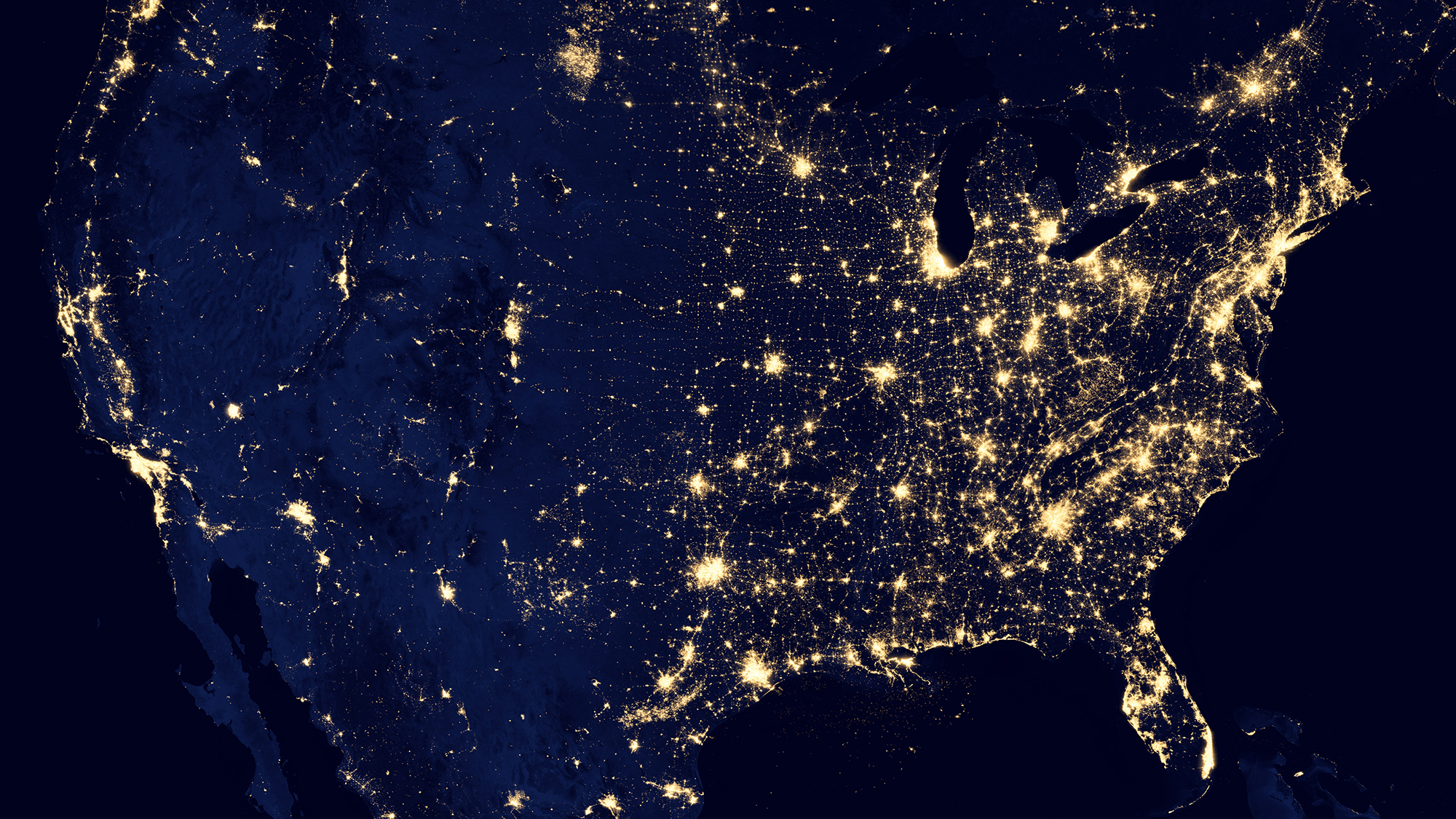satellite
Modern life hinges on satellite connectivity. President of Kraus Aerospace Fatema Hamdani explains how the science of perpetual flight is unfolding, and how to defend satellites and drones from enemy fire.
▸
8 min
—
with
A groundbreaking experiment proves a key tenet of Einstein’s theory of gravity.
Chinese scientists accomplish the feat of teleporting a photon to a satellite hundreds of miles above Earth.
Just by looking at satellite images, AI can predict your income bracket, and tell us what wealth and poverty look like from space.



